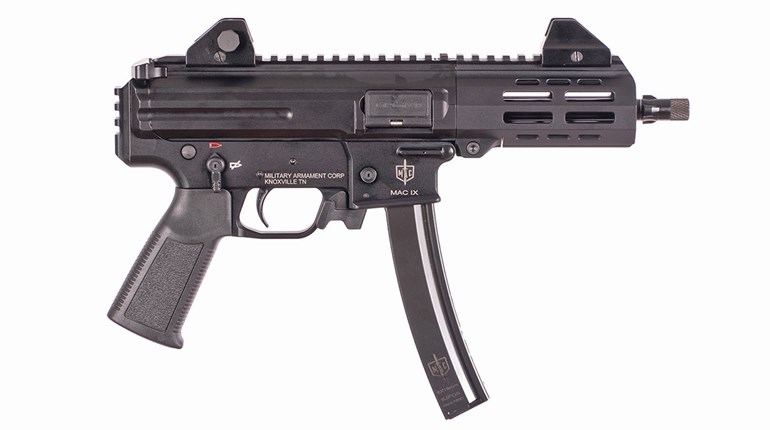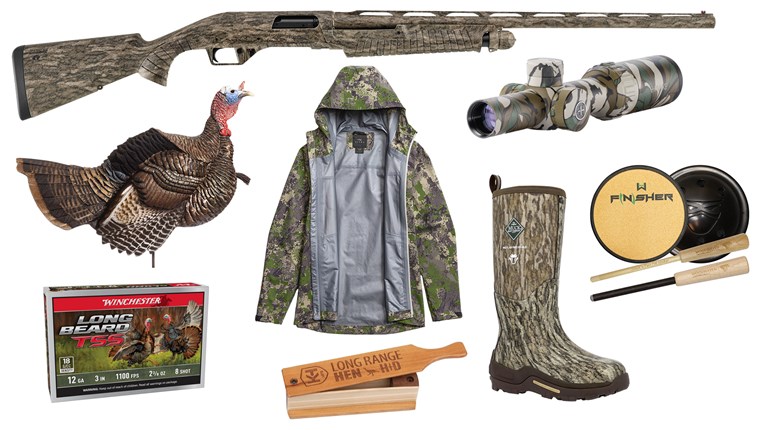
Our readers have no idea how much I appreciate them. Picture my editor breathing down my neck and wanting to know when my monthly column would arrive on his desk. Also, picture me without a single idea for that column. And then, just like the cavalry to the rescue, here comes a reader with some good questions.
Our reader, talking about a shooting incident in a public place, asks, “How do I identify myself as a ‘Good Guy with a Gun?’” And, “How do I prevent myself from being shot by other good guys with guns?” I would suggest to our reader that you also have to reverse the thought process: How do I identify other good guys and not cause them harm? Excellent questions, but there are no easy answers.
Any time guns start going off, there are a lot of things that can happen, and many of those things are bad. Deadly scenarios place most people under the most stress they have ever experienced. Deadly encounters in a public place just mean more people, more stress, more chaos and more confusion.
Consider, too, that in any such public incident, some of those present may be lawfully armed citizens. Others may be plainclothes or off-duty police officers, while still others may be uniformed police arriving at the scene, but currently unaware of what is actually going on. And the thing to realize is that, due to the confusion and chaos, everyone there is subject to making mistakes—deadly mistakes. The fact is that we cannot simply look at a person and determine whether or not they are a lawfully armed citizen. You already know that good citizens come in all races, genders and clothing styles.
Because of all these factors, I would suggest that the first consideration, even if you are armed, is to gather you and yours and make a quick exit. Just because guns are going off nearby doesn’t necessarily mean that you need to have your gun out. Time might be much better spent finding an exit or, failing that, getting behind good cover. Once good cover is located and utilized, you can more easily identify a person who is, for whatever reason, coming toward you with deadly intent. This gives you nearly the best advantage you can hope for under the circumstances.
Still, there are times when we can’t readily exit a bad situation. We may have family members still unaccounted for and not yet located. We may have been asked by law enforcement to provide assistance. We may have been asked by those in a leadership role to provide assistance until law enforcement can arrive. Regardless, we can’t leave, and we may have to take an active part in resolving the situation.
Our primary concern should be to make as much use of cover as possible. Second, it’s always a good idea to have our back against something solid so bad guys can’t sneak up behind us (or we fail to hear a lawful command from a police officer who has approached from behind). Last, we need to do something with our defensive handgun besides holding it openly, where it might cause us to take on friendly fire.
Gunwriter and former lawman Rich Grassi recently commented on a technique that he calls the hand-on-holstered-gun ready position. Far from being a brand-new defensive technique, it is one we were practicing back in the Dark Ages when I first put on a badge. Oftentimes, when approaching a questionable situation, we had our hand on the sidearm with any holster-security devices already disengaged and a shooting grip on the pistol. It was a simple matter to draw and address the threat should that have ended up being necessary.
This same technique can work very well for the armed citizen. For those rightfully concerned about running afoul of local laws against brandishing, we are talking about a scenario where there is already a clear threat, we are just not clear exactly who the threat is and also want to ensure we ourselves are not misidentified as a threat. By getting a shooting grip on the handgun and being ready to draw and engage if the situation isn’t otherwise resolved, we are prepared to defend ourselves while being less likely to be confused for the bad guy.
Furthermore, in the aftermath of an armed encounter, whether shots have been fired or not, the aforementioned hand-on-holstered-gun ready position makes good sense. We may no longer have a specific threat to address, but we know that could change quite quickly. And it is a really, really bad idea to actually have a gun in your hand when the police show up. The hand-on-holstered-gun ready position should be made a regular part of your defensive-practice sessions.
There are no easy answers to dealing with shootings in public. Get away, if possible, and avoid having to shoot. But, when it isn’t, the goal is be to be a survivor—not a hero.



































